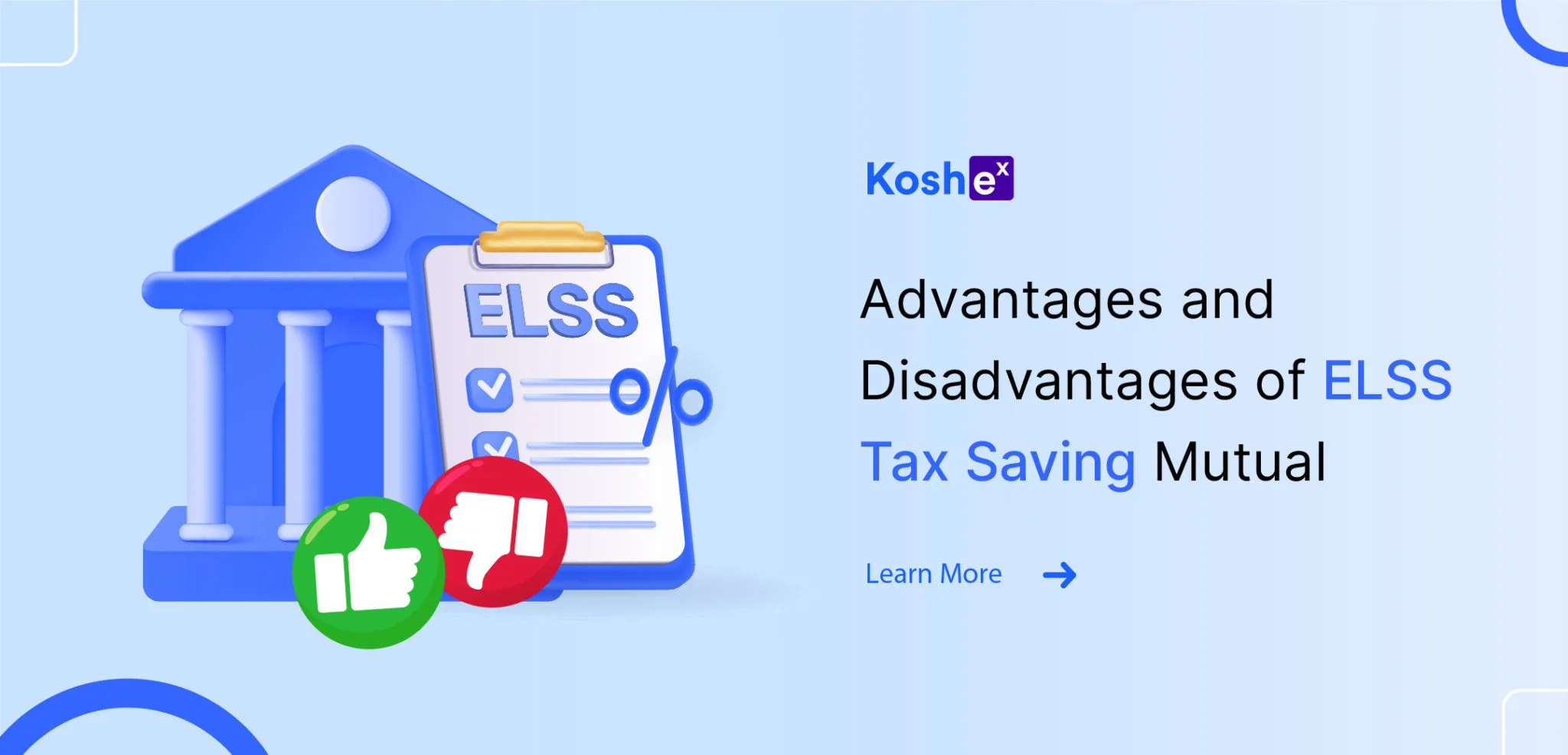Introduction – The Path to Financial Growth Starts Here
Welcome to a guide designed for dynamic young professionals with a monthly income of Rs.30,000 to Rs.1 lakh. Investing wisely is crucial during this phase, and this guide provides insights on Systematic Investment Plans (SIPs) and Unit Linked Insurance Plans (ULIPs), tailored to your financial bracket and aspirations.
But the journey doesn’t end there. We introduce you to the Koshex platform, your financial ally in the pursuit of tracking your finances and boosting your savings rate into double digits. So, let’s embark on this journey together, where financial growth meets informed decision-making, and discover the path to a double-digit savings rate.
1. Systematic Investment Plan (SIP)
Understanding SIPs – The Key to Disciplined Investing
Systematic Investment Plan (SIP) is an investment method where individuals regularly invest a fixed amount in mutual funds. Investors can choose the frequency (monthly, quarterly) and the amount. Over time, SIPs benefit from rupee-cost averaging and the power of compounding, making it a disciplined way to invest.
Key Benefits of SIPs:
- Rupee-cost Averaging: SIPs enable buying more units when the market is low and fewer when it’s high, reducing the average cost per unit over time.
- Power of Compounding: By consistently investing over an extended period, SIPs leverage compounding, maximizing wealth accumulation.
- Professional Fund Management: Managed by experienced fund managers, SIPs ensure expert decision-making to optimize returns and navigate market complexities.
2. Unit Linked Insurance Plan (ULIP)
ULIPs – The Dual Benefit Investment Option
ULIPs combine insurance and investment. Policyholders pay premiums, a portion of which goes towards life insurance, and the remaining portion is invested in various funds. ULIPs offer flexibility in choosing funds based on risk tolerance. The value of the investment portion fluctuates based on market performance, impacting the policy’s overall value. It’s important to note that ULIPs come with charges, and while they offer tax benefits, these are subject to certain conditions and limits. ULIPs also typically have a lock-in period.
Key Features of ULIPs:
- Flexibility: ULIPs provide flexibility in choosing investment options based on individual risk appetite, allowing policyholders to tailor their portfolios to their financial goals.
- Life Coverage: Combining life insurance and investment, ULIPs offer a dual benefit by providing life coverage. This ensures financial security for loved ones in case of an unfortunate event.
- Tax Benefits: Investments made in ULIPs are eligible for tax benefits under Section 80C of the Income Tax Act. This feature enhances the attractiveness of ULIPs for tax planning purposes.
3. Choosing the Best Investment Plan
Navigating the complex world of investments at this juncture is crucial, and this guide is designed to empower you with insights on selecting the right investment instrument, determining your investment amount, and where to commence.
1. Understanding Your Financial Goals:
a. Short-term vs. Long-term Goals: Define whether you’re investing for short-term objectives (1-3 years) or long-term goals (5 years and beyond).
b. Risk Tolerance: Assess your risk tolerance – your comfort level with the possibility of financial loss. Young professionals can often afford to take on a higher level of risk for potentially higher returns.
2. Choosing the Right Investment Instrument:
a. Systematic Investment Plans (SIPs): For those with a monthly income, SIPs offer a disciplined approach to investing in mutual funds. They allow you to invest a fixed sum at regular intervals, leveraging benefits such as rupee-cost averaging and the power of compounding.
b. Unit Linked Insurance Plans (ULIPs): ULIPs seamlessly integrate life insurance and investment. They offer flexibility, life coverage, and tax benefits. This dual-benefit investment option can be suitable for young professionals looking for a holistic approach to financial planning.
3. Determining the Investment Amount:
a. Assessing Affordability: Consider your monthly budget and ascertain how much you can comfortably set aside for investments without compromising your essential expenses.
b. Emergency Fund: Before diving into investments, ensure you have an emergency fund equivalent to at least three to six months’ worth of living expenses. This safeguards your investments from unexpected financial setbacks.
4. Where to Start:
a. Research: Understand different investment instruments and their suitability for your financial goals. Research online, read financial literature, and consider seeking advice from financial experts.
b. Financial Platforms: Explore user-friendly financial platforms like Koshex, which can aid in tracking your finances and provide valuable insights. Such platforms often offer educational resources to enhance your financial literacy.
c. Seek Professional Advice: If uncertain, consult with a financial advisor to create a customized investment plan aligned with your goals, risk tolerance, and financial situation.
5. Regular Monitoring and Adjustment:
a. Review Your Investments: Periodically assess the performance of your investments. If necessary, make adjustments based on changes in your financial situation or market conditions.
b. Educate Yourself: Continue educating yourself about the financial market, investment instruments, and emerging opportunities. Knowledge empowers you to make informed decisions.
Conclusion – Securing Your Financial Future
To choose the best investment plan for a 5-year horizon, consider factors like risk tolerance, expected returns, and liquidity needs. SIPs, ULIPs, and other plans offer advantages for growing wealth. By considering goals, performance, costs, and diversification, you can invest wisely. Sign up with Koshex for financial prosperity!
This guide aims to empower you, the young professional, to make informed decisions about your financial future. By exploring SIPs, ULIPs, and crucial factors for selecting the right investment plan, you are now equipped to take charge of your finances. The journey doesn’t end here – leverage the Koshex platform to track and boost your savings rate. Your path to financial growth starts now! Sign up with Koshex today!
FAQs
Q1: Can I start investing with a small monthly income?
Yes, you can start investing with a small monthly income. SIPs, in particular, allow flexibility with affordable investment amounts, making it accessible for individuals with varying income levels.
Q2: How can Koshex help me track and boost my savings rate?
Koshex offers a user-friendly platform that allows you to monitor your expenses, set savings goals, and analyze your financial habits. By gaining insights into your spending patterns, you can make informed decisions to boost your savings rate over time. Sign up to explore Koshex features and take control of your financial journey!









Leave a Comment